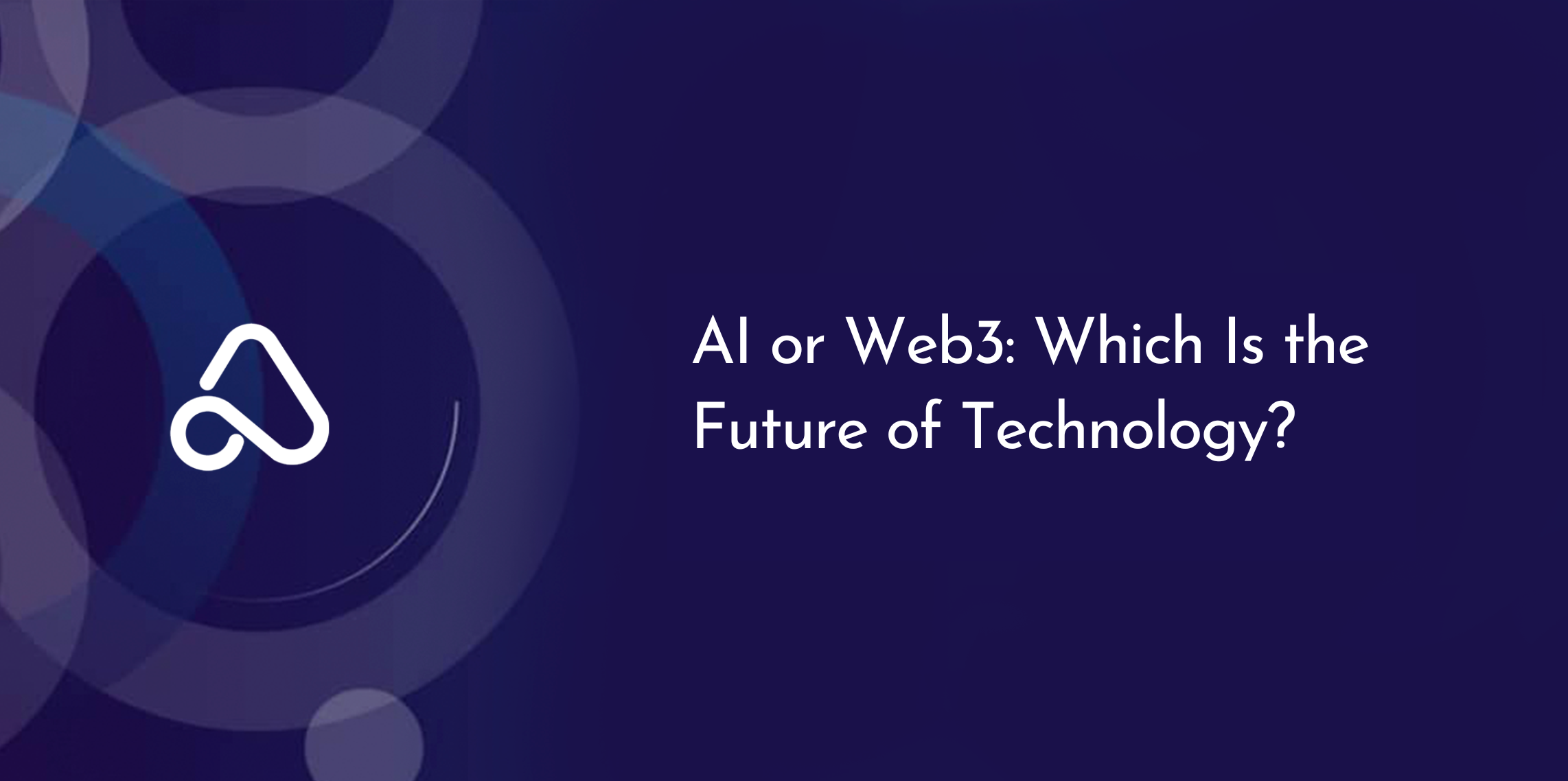Aidi — AI or Web3: Which Is the Future of Technology?
Return
If you’ve been following tech trends lately, you’ve probably noticed that the tech world seems divided between two big ideas right now, which are Artificial Intelligence (AI) and Web3. Why it is not surprising that these two ideas have become the most talked about tech innovation in recent times is because there are currently claims and different philosophies about them being the future of technology. Now, the question almost everyone is asking is “which of these two is really the future of technology?”
On one side, AI (Artificial Intelligence) promises a world powered by intelligent machines that can automate, analyze, and even create. And currently, it is taking over everything, from automating tasks to generating content, diagnosing diseases, and even writing code. On the other side, Web3 promises a decentralized future where individuals, not big corporations, control data, money, and identity.
While both are truly revolutionary, if we separate the hype and look closely at what each of them are offering, maybe we will be able to truly answer the question “Which one really represents the future of technology: AI or Web3?”
Why AI Feels Like the Future (Right Now)
Let’s be honest, AI is already here and one way or the other, we are all already using it. From chatbots and voice assistants like ChatGPT, Gemini and Claude transforming customer support, to AI-driven design tools that are improving creativity, and also predictive analytics that is reshaping industries like healthcare, logistics, and finance, artificial intelligence has gone from “futuristic” to “everywhere.”
Right now, AI is not just an idea to all of us; it is practical. You can easily plug it into existing systems and start seeing results almost immediately. It’s a technology that helps you do more with less (less time, less cost, less manpower). This is why investors are pouring billions into AI startups now, because the ROI is clearer.
But Here’s Why Web3 Still Matters
While AI focuses on automation, Web3 focuses on ownership and control. It answers a different kind of question:
“Who owns the internet: people or corporations?”
Web3 is about giving power of ownership back to the people. It is built on blockchain technology, which allows for transparency, security, and decentralization without the need for middlemen. Basically, Web3 is promising a world where you own your data, instead of tech companies selling it, where artists and creators get paid directly for their work, without platforms taking huge cuts, where financial transactions are instant and borderless, without banks or high transfer fees.
Projects like DeFi (Decentralized Finance), NFTs, and DAOs (Decentralized Autonomous Organizations) are early examples of this shift. Although regulation and user adoption are still issues surrounding Web3 now, it doesn’t hide the fact that it is pointing toward a more inclusive and transparent digital future for creators and communities.
The Real Future? AI + Web3 Working Together
The real future is not either AI or Web3; it is AI and Web3. These technologies aren’t competitors; they’re complements of the digital future we all desire. AI brings intelligence, which is the ability to process massive data sets, make predictions, and automate decisions, while Web3 brings trust through transparency, security, and decentralization. Now, imagine when you combine both together?
The combination of these two technologies can give us:
- AI-powered smart contracts that automate tasks and execute automatically based on real-time data.
- Decentralized systems powered by AI that reduce human bias and error.
- Transparent decision-making systems that use AI tools, while keeping the data open and verifiable on the blockchain.
That’s the real revolution! AI makes systems smarter, while Web3 makes them fairer. Together, they could reshape everything from finance and governance, to healthcare and education without bias.
How African Founders can Benefit From This Revolution
For founders in Africa, the sweet spot in all of these, is building locally relevant solutions that use both technologies. Africa has a young, tech-savvy population with rising internet penetration, and many problems yet unsolved locally. Startups within our continent can build AI and Web3 - native solutions from the ground up.
For example, everyone is tired of seeing the same fintech ideas spring up every now and then, without actually tackling real solutions like fraud. But by incorporating these two technologies in a fintech startup, founders can use AI to predict and prevent fraud, while Web3 ensures transparent cross-border transactions. In the agriculture sector as well, agro-tech founders can use AI to forecast yields and weather patterns, while Web3 tracks supply chains and ensures fair trade pricing and traceability. Also, in the educational sector, ed-tech startups can leverage AI to personalize learning, while Web3 verifies academic credentials globally.
Since Africa is still early in adoption of both technologies, founders here have enough opportunities to experiment and build from scratch. Combining both technologies can help us push traditional barriers and create future businesses that are globally competitive and attractive to investors.
So, AI or Web3, Which Is the Future of Technology?
The answer is simple: BOTH. AI is shaping how we use technology, making things faster, smarter, and more efficient, and Web3 is shaping who controls it, making systems fairer, more transparent, and more inclusive.
Together, these two technologies will define the next era of technology or innovation and the real winners will be the founders and innovators who can merge both technologies in building something truly remarkable and valuable in the future.





